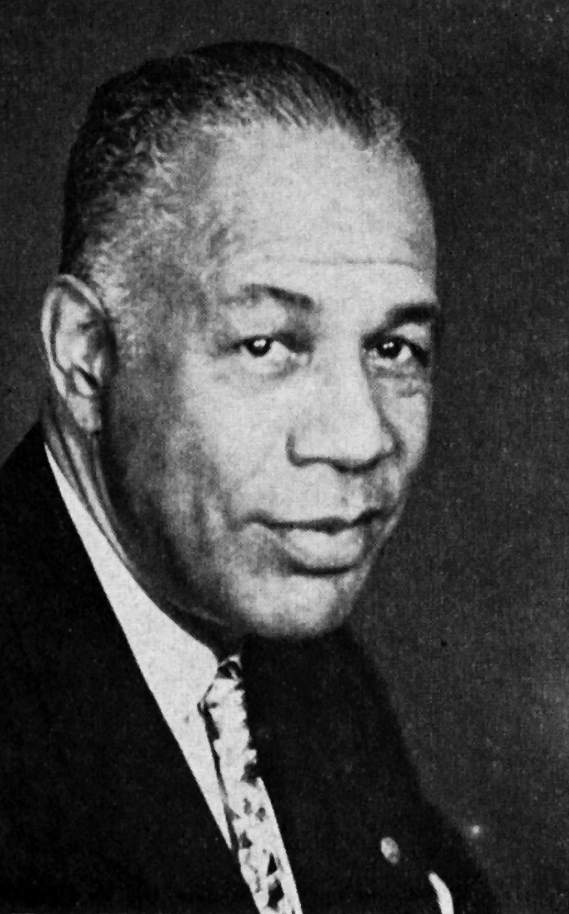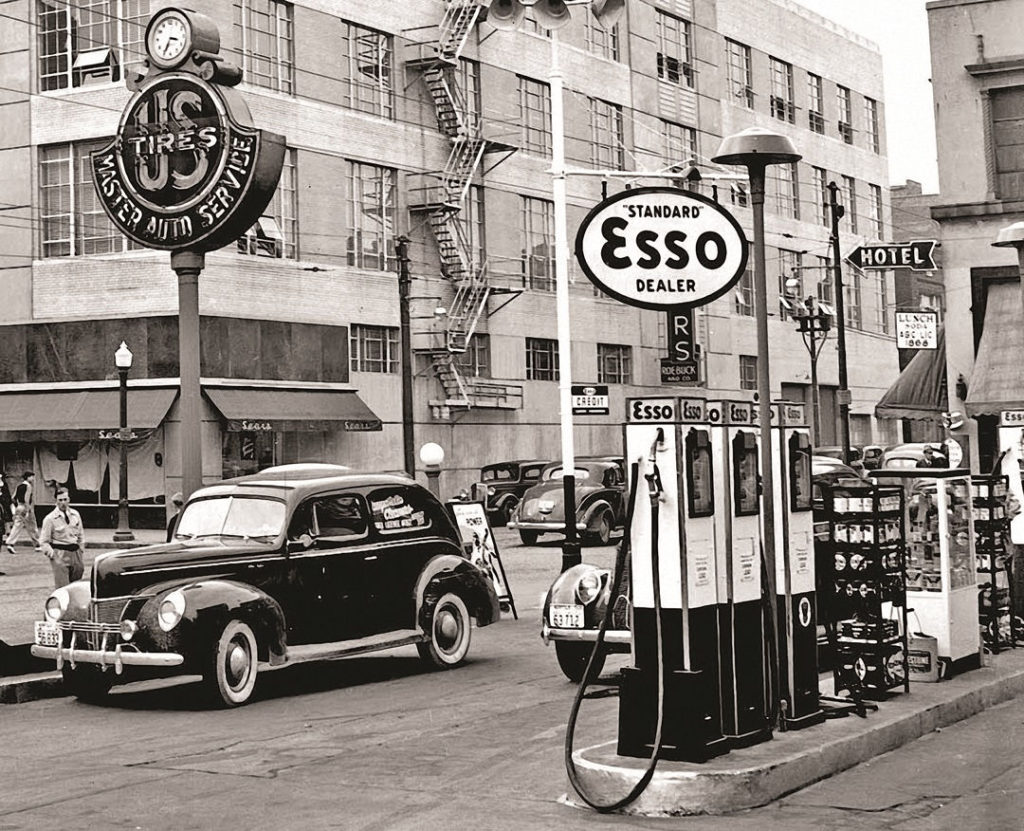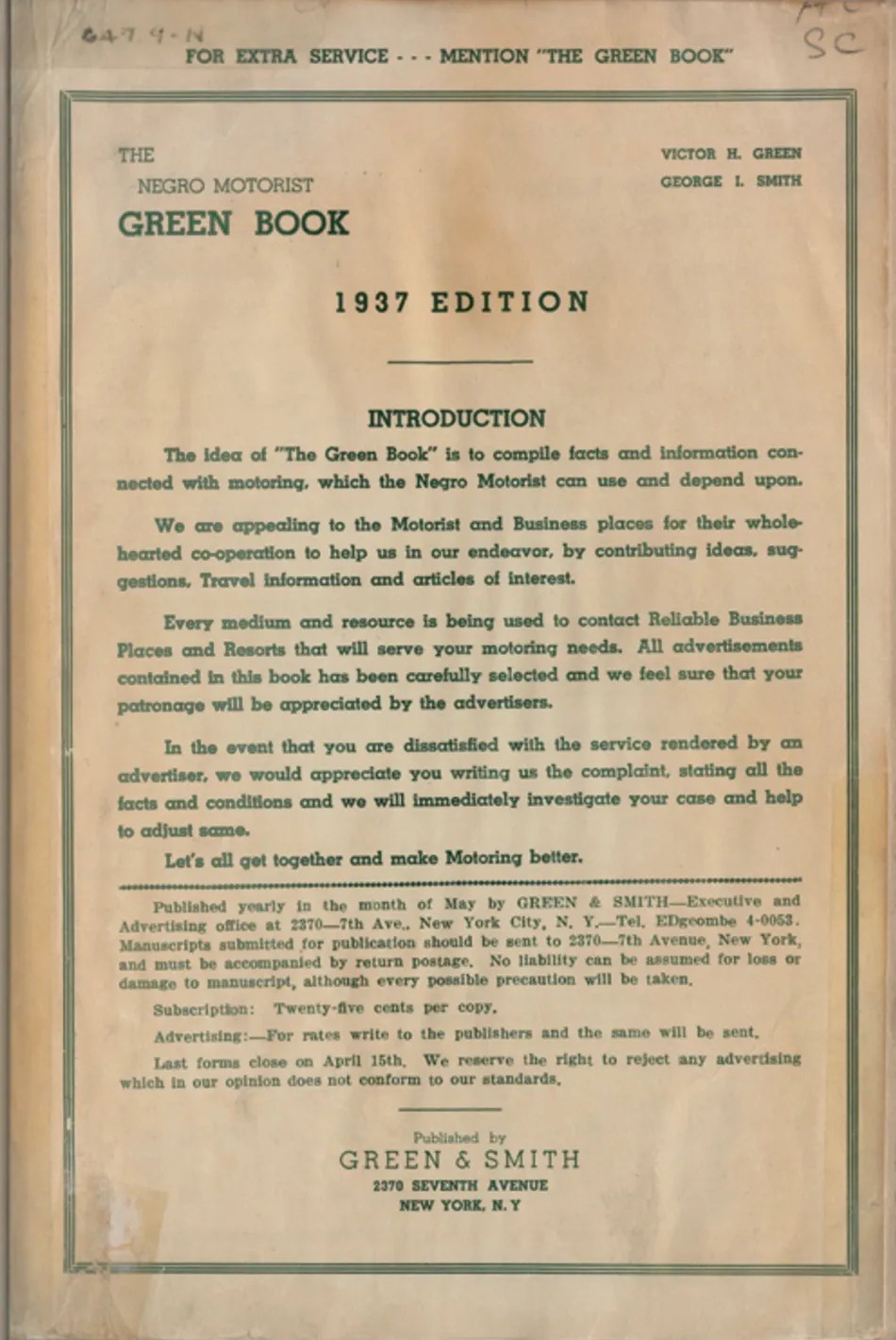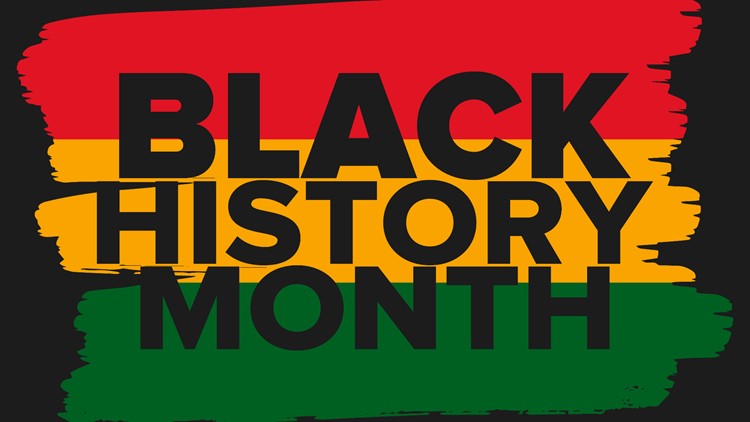
Believe it or not, there was a time in America where our people couldn’t go to a STK and enjoy the ambiance. We couldn’t go to a Crustacean’s and take pictures of our crab legs. We couldn’t even enjoy some wholesome hotel sex with a sneaky link. No, back in the early 20th century segregation laws prevented Black Americans from dining, lodging, and receiving services from white owned establishments.
As cars became more popularized and highways started to be formed, more Americans had the urge to travel around the United States. To someone who isn’t familiar with American history, this would seem like the perfect time to turn up and enjoy the freedoms that come with hitting the road. This was not the case for Black Americans due to the ill realities of the Jim Crow era. When traveling the same roads as our white counterparts we were presented with grave dangers. We were subjected to public humiliation from being rejected at white establishments and even violent encounters occurred if you dared to pass through the dreaded “Sundown” towns.
This unnecessary discrimination and overt racism prompted the inception of The Negro Motorist Green Book, a travel guide that listed safe places for Black Americans to frequent on their trips. The Green Book, commonly referred to as the “Bible of Black Travel” was birth in Harlem, New York by a postman/traveler by the name Victor Hugo Green.

Before we get into the historical jargon, let’s appreciate Green as a black man. He had a decent job, a car, and the means to travel across the US. Even by today’s standards, he had something the kids call “Motion”.
Green was inspired by a similar concept from Jewish travelers who wanted to avoid antisemitic locations. In 1936, Green published a 15 page book to help Black Americans travel without fear of unwarranted harassment. The first book consisted of hotels and restaurants throughout the metropolitan area of New York. With the help of other postal carriers and black travelers alike, the coverage began to steadily grow. This was before Twitter so it took some time for the information to get back to Green, but he was indeed viral. And not stingy, in the later years he even sent cash payments to readers who provided valuable information.
By the early 1940’s, The Green Book became nationwide with thousand of establishments being covered that included black owned and non-discriminatory white owned businesses. By 1947, The Green Book expanded to 80 pages while simultaneously becoming a staple in black households across America. By 1952, Green was able to retire and hang up his postman uniform to become a full-time publisher.

Another integral part of Green’s success was his relationship with another black man by the name of James A. Jackson. Jackson and Green devised a plan to publicize and market The Green Book. Jackson just so happen to be a marketing executive at a major company. That company was Esso Gas Station, known today as Exxon. Esso Gas Stations eventually became the only commercial retail store to distribute The Green Book. The power of networking.
During the glory years, The Green Book was selling over 15,000 copies annually. In addition to the standard list of establishments, Green also published travel essays as well as books with safe driving and travel tips. He even expanded to international travel, covering airlines and cruise ships with locations spanning across the globe.
In 1960, Victor Hugo Green passed on leaving behind a legacy that not only changed the black community but the world. He was Yelp before modern technology. His wife, Alma Green, continued publishing the book annually until 1964. In 1964, the Civil Rights Act was passed outlawing racial discrimination in public accommodations. The last book was published in 1966, ending its historic 30 year run.

Victor Hugo Green and The Negro Motorist Green Book are legendary and the spirit of his goal should be upheld even today. Can you imagine if Green decided he wanted to gate-keep all of his favorite spots? As we navigate this thing called life, in the words of Green “let’s all get together and make motoring better”.
